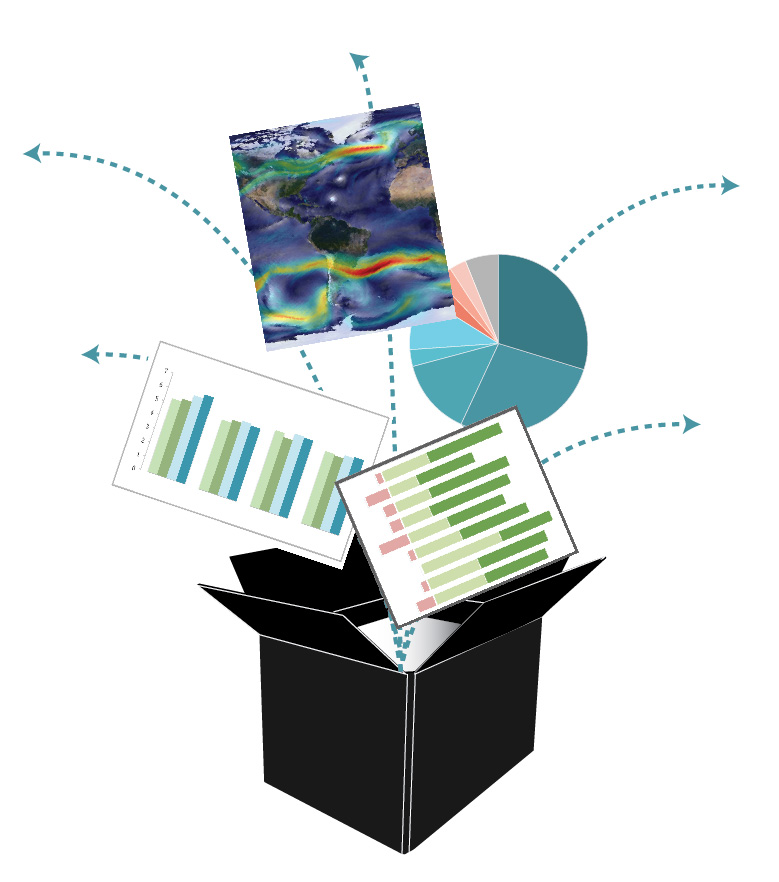Mathematics, often viewed as the meticulous study of numbers, structures, and space, has long thrived on its theoretical foundations. However, the computational method emerges as a fundamental shift in perspective, redefining our approach to mathematical inquiry. This essay delves into the importance of the computation method in mathematics, illuminating its multifaceted significance and its transformative impact on the discipline.
At its core, the computational method involves a systematic approach to problem-solving that leverages algorithms and numerical methods. Unlike traditional methods that rely heavily on analytical techniques, computation emphasizes execution and approximation, offering solutions to complex mathematical problems that might otherwise be intractable. This paradigm shift is not merely pragmatic; it invites mathematicians, scientists, and students alike to engage with mathematics in an interactive and dynamic manner.
One of the paramount advantages of the computational method lies in its applicability across diverse fields. In pure mathematics, computation aids in exploring conjectures and verifying theorems through numeric experimentation. The advent of powerful computational software has transformed how mathematicians conduct research, allowing for extensive data analysis and simulation that reveal patterns hitherto unnoticed. For example, the use of computational tools in topology has facilitated the visualization of complex shapes and spaces, providing insights that traditional methods may not easily uncover.
Furthermore, computational methods have profound implications in applied mathematics. Fields such as physics, engineering, and economics increasingly depend on numerical simulations to model and analyze real-world phenomena. Computational fluid dynamics, a cornerstone in engineering, employs numerical algorithms to solve the governing equations of fluid motion, leading to innovations in aerodynamics and the design of efficient transportation systems. Here, computation transcends theory, offering concrete solutions with tangible real-world impact.
Moreover, the power of computation enriches the learning experience for students. Engaging with mathematical concepts through hands-on computational exercises fosters deeper understanding. Instead of passively absorbing theoretical knowledge, students can actively manipulate data, visualize relationships, and explore outcomes. This experiential learning cultivates critical thinking and strengthens problem-solving skills. The iterative nature of computational exploration also aligns with the scientific method, encouraging students to hypothesize, test, and refine their approaches.
In the realm of data science, the computational method plays a pivotal role. With the exponential growth of data in recent decades, traditional analytical techniques often fall short in efficiently processing large datasets. Here, computation offers an arsenal of algorithms and statistical methods that enable practitioners to glean insights from vast amounts of information. Machine learning, a branch of artificial intelligence, relies fundamentally on computational approaches to discern patterns and make predictions based on data. This intersection of mathematics and technology heralds a new era of innovation, where computational literacy becomes an essential skill for future leaders and decision-makers.
The integration of computation into mathematical practices also serves to pique curiosity and inspire interdisciplinary dialogue. As boundaries between fields dissolve, mathematicians collaborate with computer scientists, statisticians, and domain experts, resulting in richer, multifaceted explorations. For instance, algebraic geometry intersects with computer graphics, yielding breathtaking visualizations of potential solutions to mathematical conjectures. Such collaboration not only enhances the breadth of mathematical inquiry but also fosters a culture of creativity and innovation.
That said, the reliance on computational methods does not undermine the importance of theoretical mathematics. Rather, it complements and enriches the dialogue between theory and practice. Computation often reveals new questions that prompt deeper theoretical investigations. Theories that were once abstract become concrete when subjected to computational scrutiny, leading to the continuous evolution of mathematical thought.
Yet, it is imperative to recognize the challenges associated with the computational method. The accuracy and reliability of computational results depend heavily on the appropriateness of the algorithms employed and the precision of the numerical data. Misapplications or overly simplistic models can lead to erroneous conclusions. Therefore, it is critical for practitioners to cultivate a mathematical intuition that informs their computational practices. This combination of computational skills and theoretical acumen creates a holistic understanding of mathematics that transcends mere calculations.
In summary, the computational method stands as a cornerstone of modern mathematics, encompassing both its theoretical and applied dimensions. Its importance is manifold: from facilitating complex calculations to fostering interdisciplinary dialogue and enhancing pedagogical approaches. As we navigate an increasingly data-driven world, the significance of computation in mathematics will only continue to grow, promising an ongoing evolution in the discipline’s practice and understanding. Consequently, embracing this paradigm is not merely an option; it is a necessity for the future of mathematics, facilitating a shift in perspective that will undoubtedly yield rich intellectual rewards.












